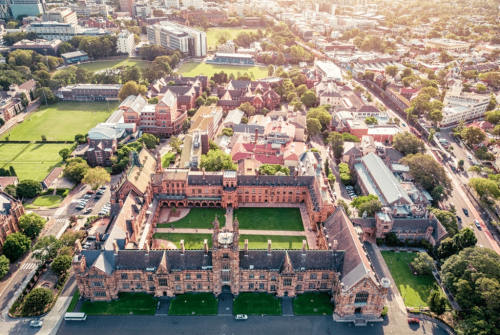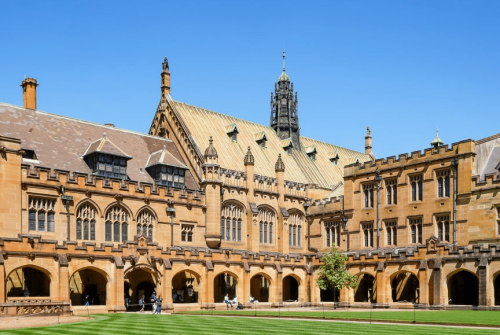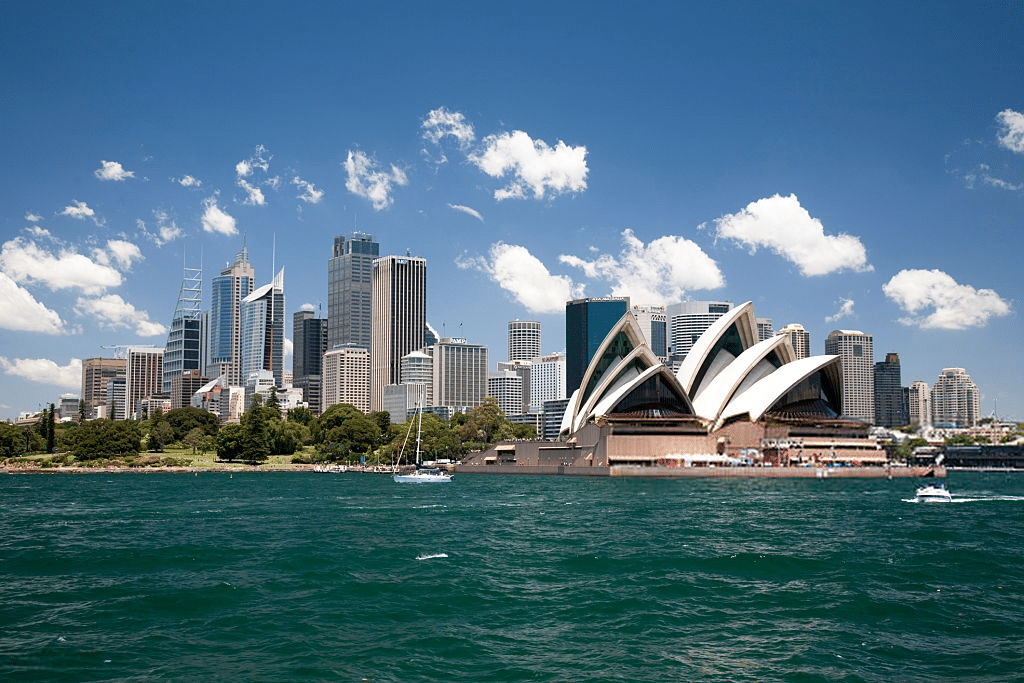Home » Study Destinations » Study In Australia » Living in Australia
Living in Australia
Australia, officially the Commonwealth of Australia, is a sovereign country comprising the mainland of the Australian continent, the island of Tasmania, and numerous smaller islands. It is the largest country in Oceania and the world’s sixth-largest country by total area. Its population density, 2.8 inhabitants per square kilometer, remains among the lowest in the world. Australia generates its income from various sources including mining-related exports, telecommunications, banking, and manufacturing.
Australia is a highly developed country, with the world’s 14th-largest economy. It has a high-income economy, with the world’s tenth-highest per capita income. It is a regional power and has the world’s 13th-highest military expenditure. Australia has the world’s eighth-largest immigrant population, with immigrants accounting for 29% of the population
A wealthy country, Australia has a market economy, a high GDP per capita, and a relatively low rate of poverty. In terms of average wealth, Australia ranked second in the world after Switzerland from 2013 until 2018. In 2018, Australia overtook Switzerland and became the country with the highest average wealth. Ranked fifth in the Index of Economic Freedom (2017), Australia is the world’s 14th largest economy and has the tenth highest per capita GDP (nominal) at US$55,692. The country was ranked third in the United Nations 2017 Human Development Index. Australia was the only advanced economy not to experience a recession due to the global financial downturn in 2008–2009. As of September 2018, there were 12,640,800 people employed (either full- or part-time), with an unemployment rate of 5.2%. Rich in natural resources, Australia is a major exporter of agricultural products, particularly wheat and wool, minerals such as iron-ore and gold, and energy in the forms of liquified natural gas and coal. Although agriculture and natural resources account for only 3% and 5% of GDP respectively, they contribute substantially to export performance. Australia’s largest export markets are Japan, China, the United States, South Korea, and New Zealand. Australia is the world’s fourth-largest exporter of wine, and the wine industry contributes A$5.5 billion per year to the nation’s economy.
January 2019 was the hottest month ever in Australia with average temperatures exceeding 30 °C. Water restrictions are frequently in place in many regions and cities of Australia in response to chronic shortages due to urban population increases and localized drought. Much of the northern part of the country has a tropical, predominantly summer-rainfall (monsoon). The south-west corner of the country has a Mediterranean climate. The south-east ranges from oceanic (Tasmania and coastal Victoria) to humid subtropical (upper half of New South Wales), with the highlands featuring alpine and subpolar oceanic climates. The interior is arid to semi-arid.
The Australian dollar is the currency of Australia, including its external territories: Christmas Island, Cocos (Keeling) Islands, and Norfolk Island. The Australian dollar was introduced on 14 February 1966 to replace the pre-decimal Australian pound. In 2016, the Australian dollar was the fifth most traded currency in world foreign exchange markets, accounting for 6.9% of the world’s daily share. In early 2015 the Reserve Bank of Australia announced that a tactile feature will be added to all new notes. The tactile feature is an embossed feature to assist the vision-impaired in identifying the denomination
Canberra is the capital city of Australia. It is Australia’s largest inland city and the eighth-largest city overall. The city is located at the northern end of the Australian Capital Territory; 280 km south-west of Sydney and 660 km north-east of Melbourne. As the seat of the government of Australia, Canberra is home to many important institutions of the federal government, national monuments, and museums. This includes Parliament House, the official residence of the monarch’s representative the Governor-General, the High Court and numerous government departments and agencies. It is also the location of many social and cultural institutions of national significance such as the Australian War Memorial, the Australian National University, the Royal Australian Mint, the Australian Institute of Sport, the National Gallery, the National Museum and the National Library. Compared to the national averages, the unemployment rate is lower and the average income higher; tertiary education levels are higher, while the population is younger. The two main tertiary institutions are the Australian National University (ANU) in Acton and the University of Canberra (UC) in Bruce, with over 10,500 and 8,000 full-time-equivalent students respectively.
About 24% of Australians over the age of 15 regularly participate in organized sporting activities. Australia is unique in that it has professional leagues for four football codes. Australian rules football, the world’s oldest major football code and Australia’s most popular sport in terms of revenue and spectatorship. The Australian national cricket team has participated in every edition of the Cricket World Cup. Australia has been very successful in the event, winning the tournament five times, the record number. Australia is a powerhouse in water-based sports, such as swimming and surfing. Australia has also participated in every Commonwealth Games, hosting the event in 1938, 1962, 1982, 2006 and 2018.
Although Australia has no official language, English is the de facto national language. Australian English is a major variety of the language with a distinctive accent and lexicon and differs slightly from other varieties of English in grammar and spelling. According to the 2016 census, English is the only language spoken in the home for 72.7% of the population. The next most common languages spoken at home are Mandarin (2.5%), Arabic (1.4%), Cantonese (1.2%), Vietnamese (1.2%) and Italian (1.2%).[271] A considerable proportion of first- and second-generation migrants are bilingual. Australia has no state religion. In the 2016 census, 52.1% of Australians were counted as Christian, including 22.6% as Roman Catholic and 13.3% as Anglican; 30.1% of the population reported having “no religion”; 8.2% identify with non-Christian religions, the largest of these being Islam (2.6%), followed by Buddhism (2.4%), Hinduism (1.9%), Sikhism (0.5%) and Judaism (0.4%)
School attendance, or registration for homeschooling, is compulsory throughout Australia. Australia has an adult literacy rate that was estimated to be 99% in 2003. Australia has 37 government-funded universities and two private universities, as well as several other specialist institutions that provide approved courses at the higher education level. The ratio of international to local students in tertiary education in Australia is the highest in the OECD countries
To know more about the education system in Australia, click here
Some of the top cities in Australia are as below

Applying for an Australia student visa? Here’s more information about it. Know more about the documentation, fees, etc.

Australia can be an expensive proposition if not planned properly and hence it is imperative to understand the various costs.

The Group of Eight (Go8) is a coalition of world-leading research-intensive Australian universities. Know more about them

Unlike a single intake in Indian universities, colleges and universities in Australia offer two intakes. Know more about it

One of the primary reasons why it’s a popular destination is the number of top universities present in the country.

We list down 10 reasons why studying in Australia is popular with Indian students.

I loved the in-depth analysis and varied career options provided by Amod. He assists at every step, starting from shortlisting career options to sending out applications to the best universities. I would recommend his consultancy to any student looking for overseas education.

Amod from ProAmica Career Development was really helpful, polite and patient while helping me find the right course and University.

I had a great counseling session with one of the team members. Absolutely loved the dedication and in-depth analysis, with a detailed explanation of the procedure. I would recommend to every student looking for studying oversees. 👍

